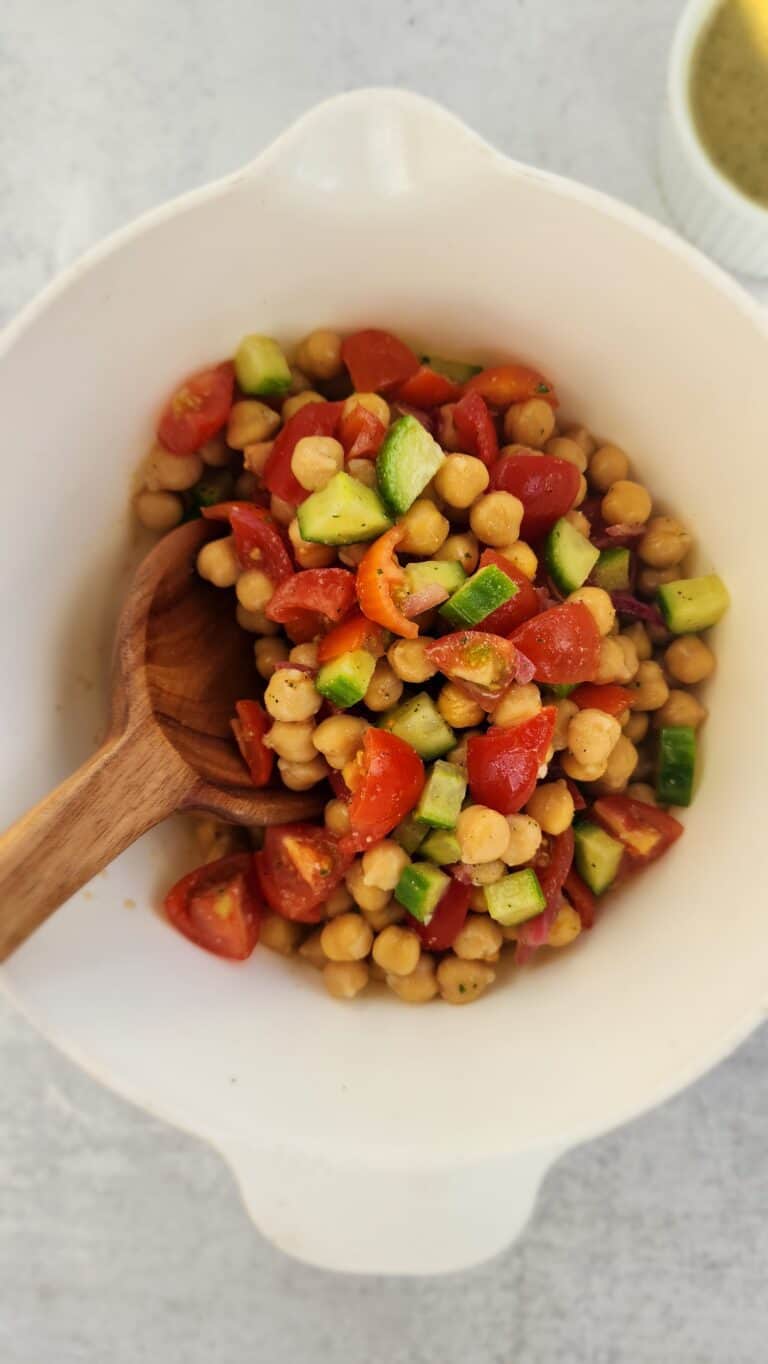Mealtime Tactics
My nephew was in town last week. He’s an active, growing 4 ½ year old that barely likes to sit still to eat. It’s hard to keep up with all the energy that he has! When he’s hungry, boy can he eat! I sat back and simply played the role of Aunt Amy, not dietitian Amy. He’s normal when it comes to food. He eats when he’s hungry, he’s thirsty and will drink juice and then fill up and not be hungry, and he doesn’t like his vegetables. So much so, that he gags when the vegetables are presented to him to eat. It made me start thinking about what I tell clients when it comes to kids and food. Here are a few good reminders to help dinner time be a more calm time. Oh yeah and remember you have to be on the same page as your loved ones, otherwise, you’ll be fighting and it still won’t be a pleasant meal.
Parents and caregivers supply the three “Ws” of meals and snacks: What foods are offered, When and Where they’re eaten. The child fills in the other “W” and “H”: Which offered foods to eat and How much.
While activity helps to build a child’s appetite, plan a quiet time before meals and snacks. Kids eat best when they’re more relaxed.
Remember your child learns by watching you. Eat with your kids. Set a good example by eating a variety of foods yourself. Older siblings can have a similar effect. So make healthful eating a family affair. My nephew really truly models the, “monkey see monkey do” – he eats whatever his dad does. Now if only my brother would eat more vegetables.
Encourage kids to sit while they eat. Give youngsters a “boost” so they can reach their food easily. Discourage eating while standing, walking, or lying down.
Reward children with affection and attention – NOT food. Using food as a reward or punishment only promotes unhealthy attitudes about food. I know it’s a temping thought as your child is throwing a tantrum in the middle of the store – but think twice about using food as a reward.
Give young children the freedom to choose foods, just as older children and adults do. Respect their food preferences, and allow them to reject certain foods. Just encourage them to politely say “no, thank you.” Making food choices is a competency children need to master.
Avoid the notion of “forbidden” foods. Having less healthy foods occasionally keeps them from becoming forbidden – and thus even more appealing. The problem with treats is that kids are so used to having these daily that they expect a treat daily. A treat is supposed to be exactly that, something to look forward to, not an everyday item. Candy, soda, and cookies can be “sometimes” foods. Eating out at a fast food restaurant of their choice every so often can be allowed. It’s truly about balance and moderation.
Serve “designer dinners,” featuring a variety of colors and textures. Cut food in interesting shapes, and arrange it attractively on the plate. Kids react to inviting foods just like you do!
Offer foods with kid appeal. Many younger children prefer plain, unmixed foods. Foods with funny names – such as monster-mash potatoes or ants on a log (raisins and peanut butter on celery) – may help kids to try new foods. Kids often like finger foods, too. Offer raw vegetables so they can be nibbled in hand.
Encourage children to practice serving themselves: for example, pouring milk from a pitcher, spreading peanut butter on bread, or spooning food from a serving bowl to their plate. Even though spills are messy, they’re a part of developing a sense of independence.
Make eating and family time the focus of meal and snack time – not TV watching. This is a good opportunity to focus on the social aspects of food and to reinforce positive eating behaviors.
Stock your kitchen with child-size dishes and utensils children can use with ease: cups they can get their hands around; broad, straight, short-handled utensils; spoons with a wide mouth; forks with blunt tines; and plates with a curved lip.
Even in this fast-paced world, give kids enough time to eat. Remember, they’re less skilled at self-feeding. Time pressure puts stress on eating, and takes the pleasure away.
Toddlers and preschoolers live to play! Encourage that same sense of fun and adventure at mealtime. Make meals a pleasant family gathering. Recall the day’s events, share each other’s company, and enjoy the food. This approach does a lot to develop positive attitudes about food.
Feeding the “Finicky” Eaters – Does your child refuse to eat green foods? Does he or she suddenly react to an all-time favorite food with an “I don’t like this,” or simply “no”? Are you concerned because your youngster won’t eat vegetables? Toddler-hood and preschool years are characterized by bouts of independence. What appears to be “finicky” eating instead may be your child’s early attempts to be assertive – a natural part of growing up. Arm yourself with these tips for handling what may appear to be the “downs and ups” of child feeding:
Avoid the “short-order-cook” routine. This is a bad habit to start and then an even harder one to stop – cooking a separate meal for the adults and a meal for the kids, just because you know they’ll eat it. I know you want your kids to eat, but this can become exhausting. The key is to make sure that there is at least one thing on the plate that you know the kids will eat. Never try to introduce two new foods at once. That’s what I call an epic fail. Sure you’re excited to try that new recipe out, but if there isn’t something familiar on the plate the kids will not eat it. Make one meal for everybody. Children will mimic their parents’ behavior, so make sure you and your spouse are both on the same page.
Know that young children often prefer plain foods that they can easily recognize. So “unmix” the food if it’s a problem. Put aside a portion of the ingredients for mixed dishes before assembling the recipe. That even works for a salad or a sandwich. Then let children put food together in any way that suits them. Tip: Sometimes they don’t like different foods to “touch” each other.
Get kids involved. Even finicky eaters will more likely eat foods they help make. Small children can wash fresh fruit or put meat between bread slices for a sandwich.
Remember meal planning and grocery shopping. Let your child help plan a meal around favorite foods. Or, let children select a new food for the family on trips to the store. Even encourage children to try ethnic foods when shopping or a new taste sensation.
Cut back on junk. Remember, YOU– not your kids – are in charge of the foods that enter the house. By having fewer junk foods around, you’ll force your children to eat more fruits, vegetables, whole grains, and dairy products. What’s available is what they’ll go for, so make your house stocked full of healthy options.
Children often dislike extreme temperatures. Allow hot food to cool down and cold food to warm up a little before serving.
If your child won’t eat certain foods, perhaps spinach, don’t worry- just offer other foods from the same food group, maybe broccoli or carrots. Foods from the same food group supply similar nutrients. I often tell parents to focus on the color. If they do not want to eat orange carrots select an orange fruit that they are more likely to eat. Let’s face it, the green ones are a little harder even for adults to eat.
Moisten dry foods, such as meat, if they’re hard to chew. Perhaps add a little cheese sauce. Serve drier foods alongside “naturally” moist foods, such as mashed potatoes or cottage cheese. Or offer “dipping” sauces with finger foods – kids love to dip!
Most of all, relax. Focus your attention on the positive aspects of your child’s eating behavior, not on your child’s food. If you play food enforcer – saying things like “Eat your vegetables” – your child will only resist. No one wants a fight at the table.
Adjust your attitude. Realize that what your kids eat over time is what matters. Some parents get upset at the dinner table when their kids aren’t eating the foods that they’ve prepared. Don’t get caught up on focusing on just one meal. Look at the whole day of everything that they’ve had to eat. And even more broad, look at the whole week versus focusing on just one day. Kids will eat when they’re hungry. The key is offering the meals at set times as well as snacks (be careful the snacks aren’t filling the kids up and that’s why they’re not eating at meal times). This way even if they don’t eat that much at dinner (because it just wasn’t their favorite) a snack before bedtime is important to help provide extra nutrients the kids need (and again if they’re hungry, they’ll eat!)







